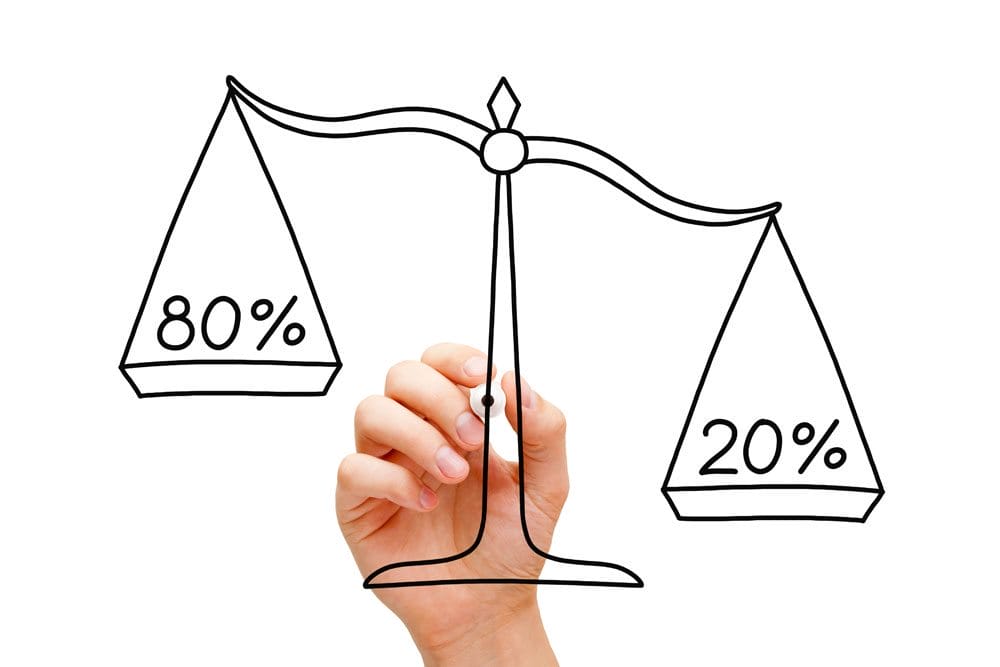The rules of thumb in business valuation: what are they?
Rules of thumb in business valuation are occasionally used to get a general idea of a business value without considering the particular situation of the business being appraised. Therefore, they are only approximate generalizations, which could be used for discussion purposes only and not to make decisions or transactions. An example of a rule of thumb may be to determine a business’ value based on a percentage of sales. For example, if the rule of thumb states that the value of a business in a particular industry is 60% of sales and the business’ sales are $ 500,000, then the conclusion would be that the business’ value is $ 300,000 ($ 500,000 x 60%). In addition, there are also the rules of thumb based on the seller’s discretionary earnings, EBITDA (earnings before interest, taxes, depreciation and amortization), EBIT (earnings before interest and taxes), etc.
Limitations of rules of thumb:

1. The average over several years
According to the rule, the average is established over a long period of time (for example, 20 to 30 years). Therefore, the average may not consider the current state of the industry. Thus, taking the example of a DVD rental store, some factors must be considered while valuating the business, such as: deployment of the technology, expansion of the media and the increase of virtual information accessibility . In this particular case, if the rule of thumb was used with the same level of sales but with several years apart, the rule would arrive at the same conclusions about the value of the business. Given the major changes in the industry, the conclusion using the rule of thumb would be different than the actual value.
2. Special features of the business valued
Moreover, it is essential to differentiate a typical business in that industry and the one appraised, by taking into consideration its evolution over time, the level of profitability, the profit stability, the profit trend, the owner’ role in his business, etc. For example, a rule of thumb that is established as a percentage of sales doesn’t consider the business’ profitability. Also, if a typical business in the industry has a low growth and that the business appraised has rapid growth, the rules of thumb won’t differentiate between these 2 types of growth.

3. Equipment and goodwill value versus equity value
One of the more common mistakes is to belief that rules of thumb allow you to calculate the value of the equity. The rules of thumb usually determine the value of the equipment and goodwill, not the value of the equity. Also, they don’t consider the quality of the equipment; they combine new equipment with the used one, without considering what needs to be replaced. To calculate the value of equity, you therefore need to replace the book value of the equipment and goodwill by the calculated value, then add the other assets and deduct the liabilities.
In conclusion, it must be remembered that the rules of thumb is an easy approach, allowing someone to get a rough idea of the value of a business’ equipment and goodwill and should only be used for discussion purposes, and not to make any decisions or transactions. If your business requires a thorough and detailed analysis, seek the expertise of a highly qualified professional. For a complete business valuation or any other assistance, please contact me, I will be happy to help you.






